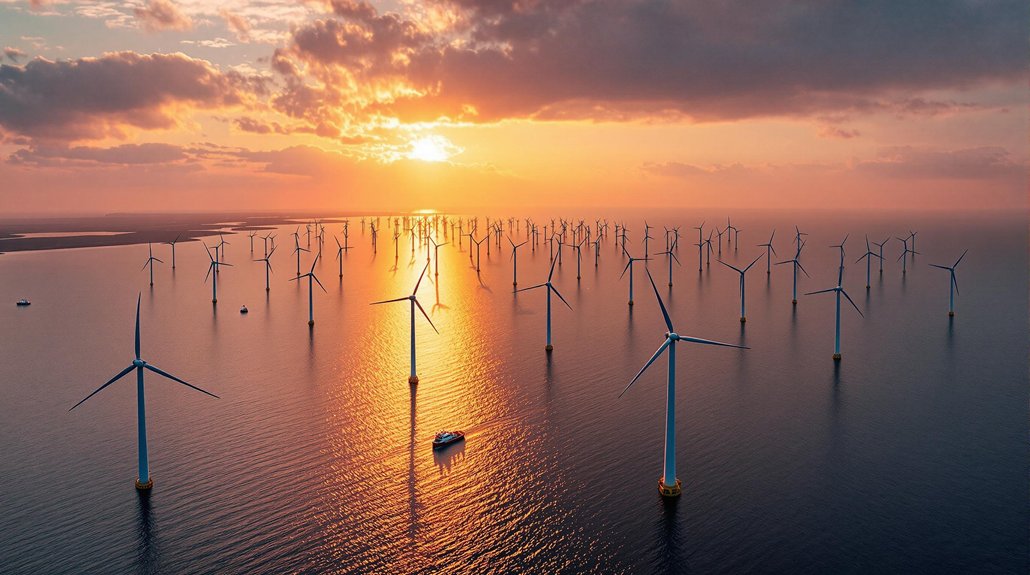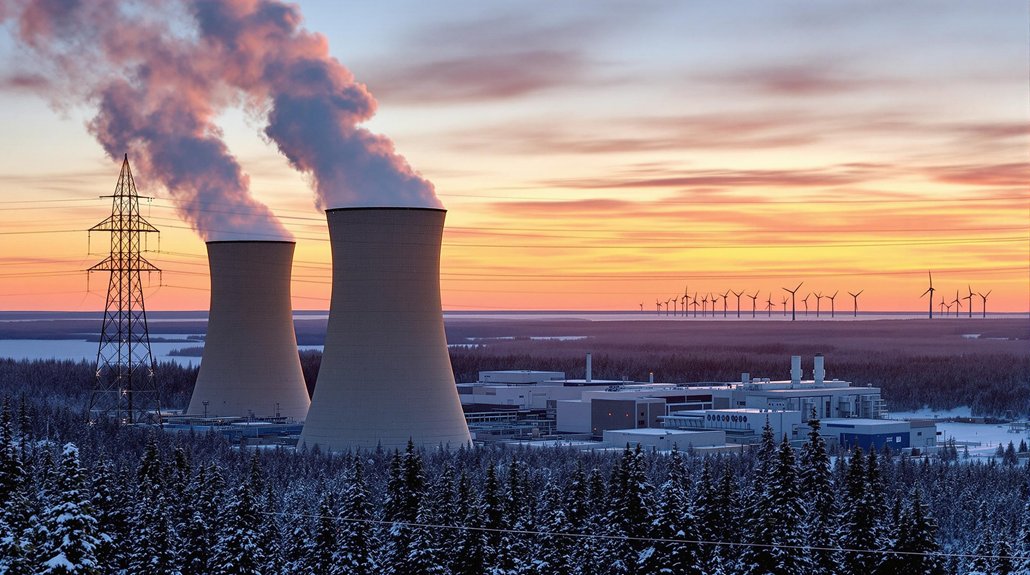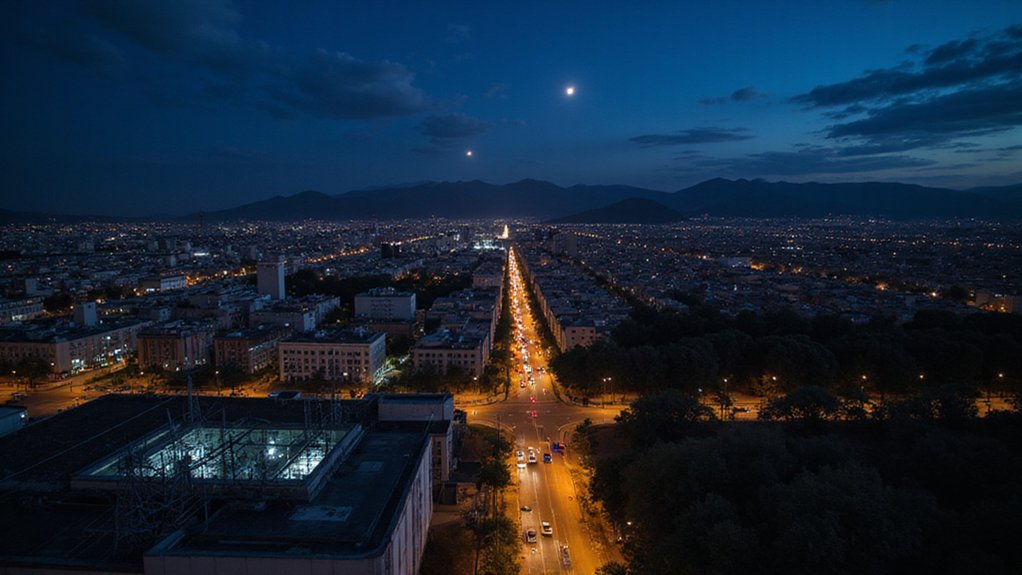Europe’s renewable energy market achieved a milestone last month with 1.6GW of new capacity deals signed. This represents the largest single-month total since tracking began. The surge supports the EU’s goal of reaching 42.5% clean energy by 2030. Despite ongoing challenges with permits and supply chains, investors continue backing large-scale renewable projects. These developments signal a potential turning point for the continent’s energy shift that could reshape power generation across multiple countries.
Renewable energy continues to power ahead across Europe, with the EU’s renewable share climbing dramatically from 9.6% in 2004 to 24.6% in 2023. This growth reflects the region’s increasing commitment to clean energy sources, despite a brief setback in 2021 when post-pandemic demand surges temporarily slowed progress.
March 2025 marked a significant milestone with 1.6GW of new renewable capacity deals signed across the continent. These agreements highlight the sector’s resilience amid ongoing challenges. Industry experts note this surge aligns with the EU’s ambitious 2030 target of 42.5% renewable energy in its overall mix, a substantial increase from the previous 32% goal.
Europe’s renewable sector shows remarkable resilience with 1.6GW of new capacity deals signed, advancing toward the ambitious 42.5% EU target.
Sweden continues to lead the European shift with an impressive 66.4% renewable share in 2023, followed by Finland and Denmark. These Nordic countries benefit from abundant hydro and biomass resources.
In contrast, Luxembourg, Belgium, and Malta lag behind with shares below 15%, largely due to geographical and resource limitations. Malta’s situation is particularly unique as it produced energy exclusively from renewables in 2023, despite its low overall renewable consumption share.
The EU’s electricity sector shows particularly strong renewable adoption, with clean sources now accounting for 45.3% of gross electricity consumption. Wind and hydro provide most renewable power, though solar remains the fastest-growing segment with solar overtaking coal for the first time in 2024.
The sector added 65.5GW of solar and 12.9GW of wind capacity in 2024, with even larger installations projected for 2025. Europe’s strong performance contributes significantly to the global renewable electricity generation of 29.1% worldwide, positioning the continent as a leader in the energy transition.
Despite this progress, the renewable industry faces significant hurdles. Slow permitting processes, incentive reductions, and supply chain disruptions threaten growth rates. France’s recent announcement of rooftop solar tariff cuts exemplifies policy shifts creating market uncertainty.
The EU’s renewable push serves multiple strategic goals beyond climate action. It’s designed to reduce Russian gas dependency by 2027 while creating jobs and attracting investment.
Reaching the 2030 target requires closing a nearly 20 percentage point gap in just seven years.
Industry watchers remain cautiously optimistic that with appropriate policy support, Europe can maintain its renewable momentum despite the significant challenges ahead.








